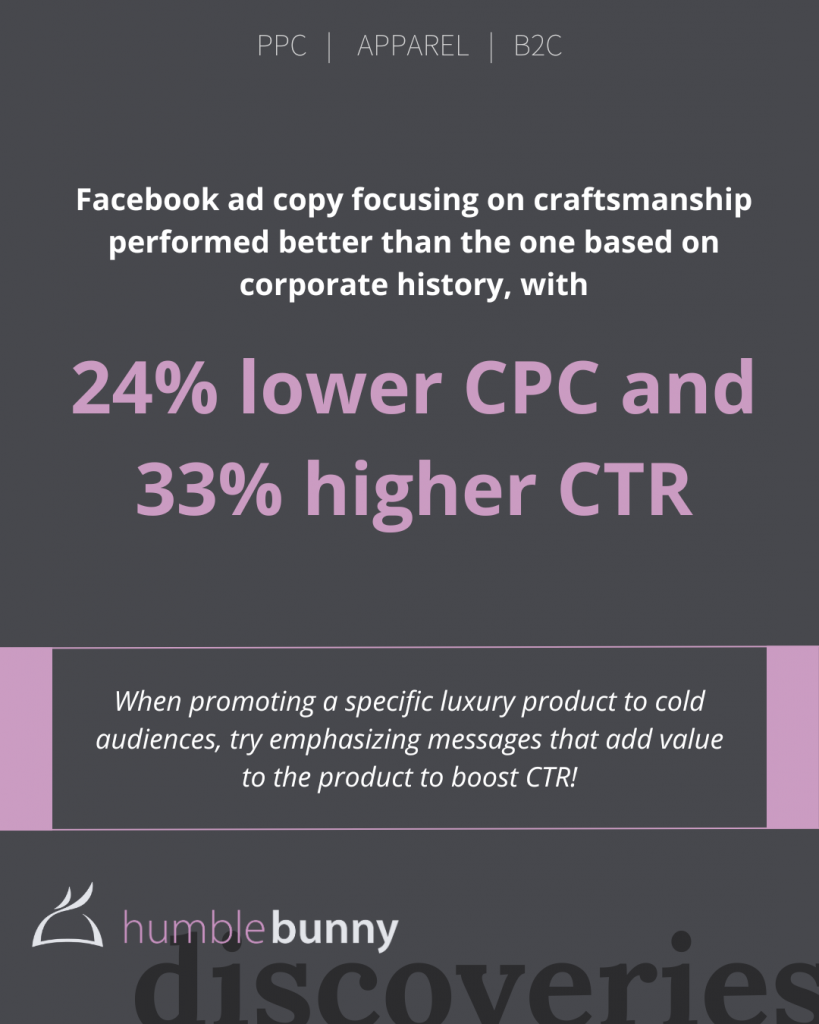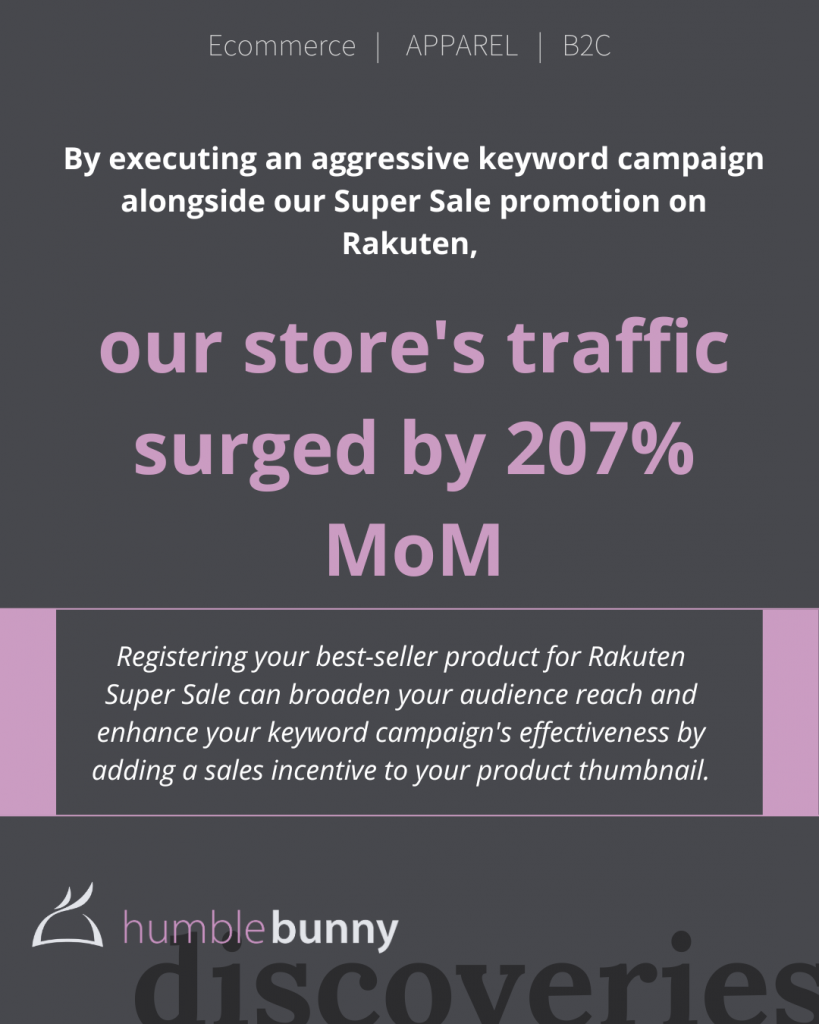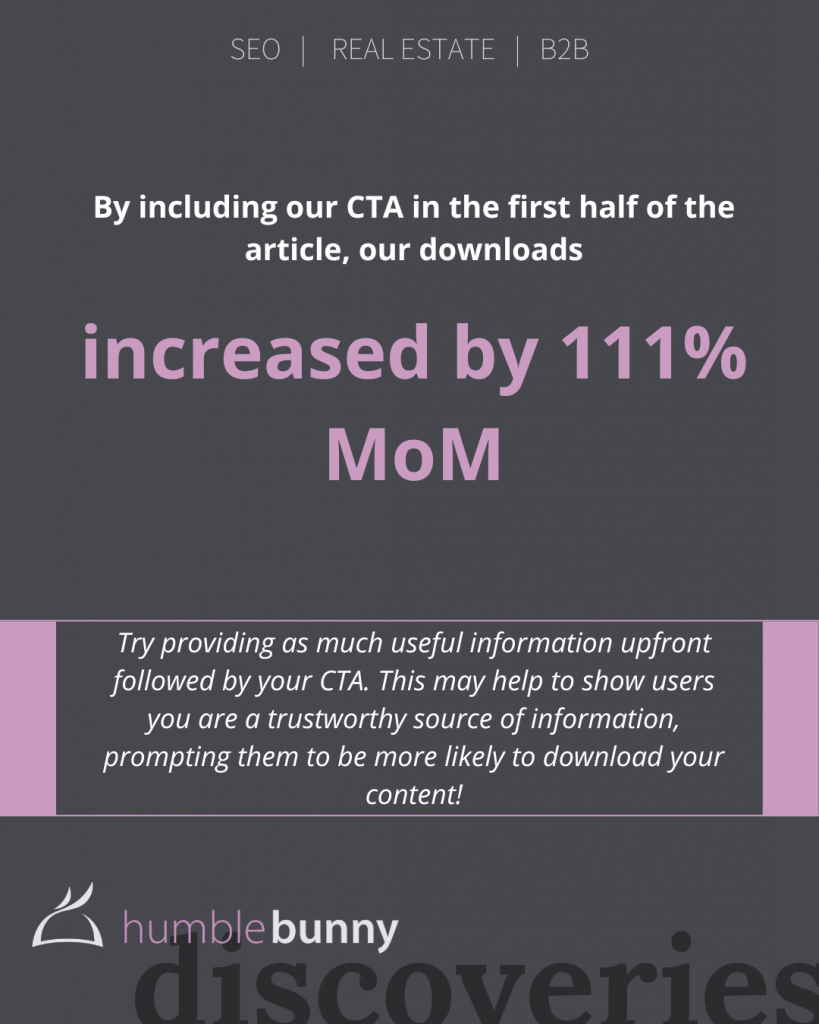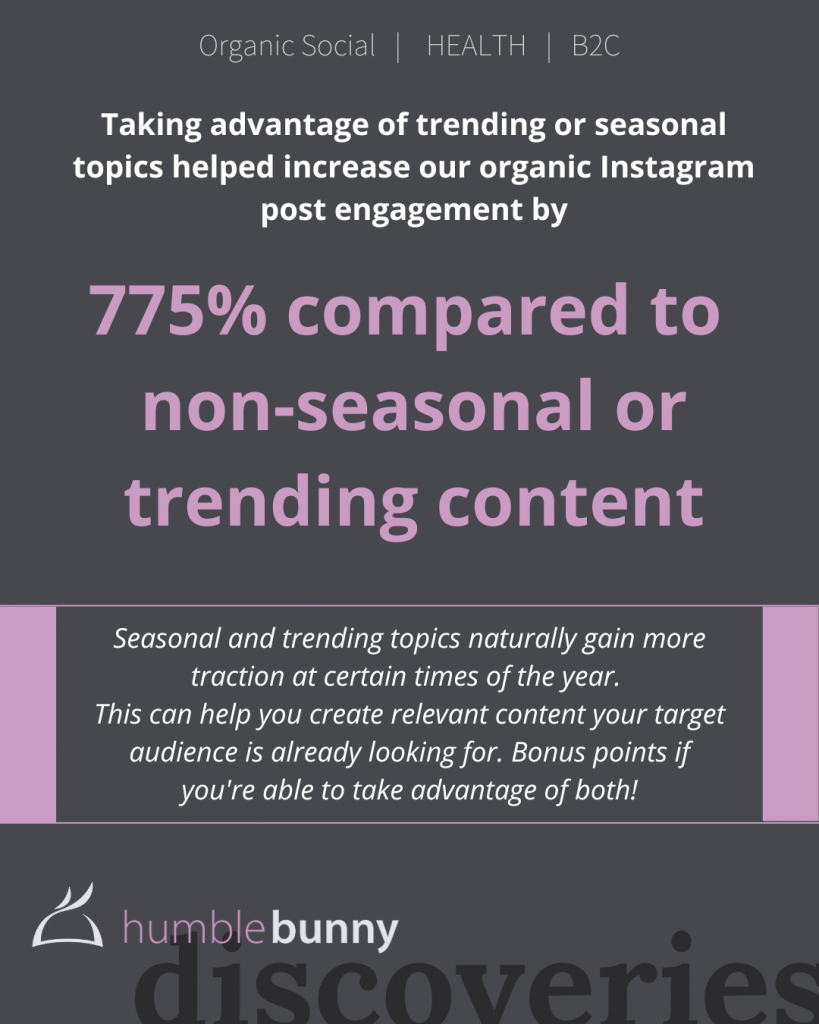Your keyword list isn’t the only important part of your Japanese SEO strategy, but it’s a pretty major piece of the puzzle.
If you’re trying to establish a strong online presence in a competitive market, as well as achieve good sales volumes (if you’re an ecommerce business), then tweaking your keywords so they’re not just translated from English, but are 100% localized and optimized for your new customer base is crucial.
Whether you’re building an entirely new keyword list from scratch for Japan, or adapting your existing bank of targeted keywords and phrases, this is a checklist for making sure it includes all the right elements.
Table of Contents
- Do you have good keyword length variation?
- Are keywords appropriately mapped to the customer journey?
- Do your Japanese keywords have strong relevance?
- Are your keywords organized around topic clusters?
- Have you analyzed your competitors keywords?
- Have you factored in Japanese slang and colloquial words?
- Are your Japanese keywords adapted to trends?
- Has your keyword list been audited by native Japanese speakers?
- Final tips
- Steal some of our best ideas!
If you’d rather first read the basics about how we approach SEO and keyword research in Japan, check out one of these blogs:
Do You Have Good Keyword Length Variation?
There’s nothing wrong with trying to rank high for short keywords that are relevant to your industry, especially if you have a strong long-term strategy in place. However, progress here can take a while and sometimes it’s not as beneficial as targeting certain long-tail keywords that usually come with more specific search intent and are less competitive.
The trade-off is that search volume can be significantly lower, but that’s fine if you’re getting the right kind of traffic and leads to your website by creating engaging content based on the search intent of these terms.
In short, a good balance between both long-tail and short-tail keywords is best, even when your keywords are in Japanese.
Takeaways
- Short-tail keywords offer high search volume but often come with broader search intent and lower conversion rate. It’s important to use such keywords (in your blogs and throughout your website) as a general approach, and even develop specific content that proactively targets certain short-tail keywords, but to only focus on terms like this would be a mistake.
- Long-tail keywords and niche phrases are amazing for giving your site the ability to knock down some early SEO dominos by letting you rank in good positions as well as drive traffic that has clear search intent to your site. This offers the chance to capture more engaged audiences with a higher chance of converting.
HB Pro Tip: We would recommend brainstorming any and all potential keywords that could benefit your business in your SEO keyword research before shortlisting your most important terms through a vetting process at the end. You’ll want to end up with a list of achievable, low competition keywords as well as short-tail terms you can make progress with over longer periods of time.
Are Keywords Appropriately Mapped to the Customer Journey?

During the keyword vetting process (mentioned above) don’t forget to contextualise your list of terms. Or to put it another way, understand how your keywords can be mapped to the actual customer journey.
This will allow you to focus on terms that can assist your customers in different stages of the buying process, from their awareness of you to the final decision to make a purchase.
A good keyword list has balance between the following types:
| Awareness Keywords | Keywords that help customers during the awareness stage when they’re trying to learn about a particular product or service. Good keywords (and content) that match this phase should help to address customer’s general questions about your industry and help them to gain good basic knowledge. |
| Consideration Keywords | Motivated customers will eventually start to look for ways to evaluate different options on the market. To capture people at this stage, focus on keywords that promote the value of your particular product or solution. |
| Decision Keywords | Some online searchers are already clear on what they want and are looking to finalise their purchasing decision. Focusing on keywords like “buy” or “order” combined with your specific product or service will help you to pick up customers at this stage. |
Do Your Japanese Keywords Have Strong Relevance?
Keywords are only useful to you if you’re willing to create original and engaging content that completely matches the search intent. We’re far past the stage where simply placing keywords throughout your website and blogs will help you rank.
Having a wider understanding of the purpose of your keywords within the buying journey will help you to produce content that will actually be picked up well by Google.
You must check that the keywords in your final list are all strongly connected to the actual pages on your site and the articles that you hope to publish as maps of your content marketing plan. And if this content isn’t closely matched with the actual services or products you are offering, you won’t get very far.
HB Pro Tip: Featuring too many keywords on one page or terms that don’t closely relate to each other can hurt you. The best pages and blogs focus on very specific terms, and are optimized around certain keywords, so that Google knows exactly what they’re about. If you don’t consider how your keywords relate to your content early on, you could be missing out on key ranking opportunities.
Are Your Keywords Organized Around Topic Clusters?

Separating your individual pieces of content so they’re optimized for specific keywords without some way to organize them can be really difficult. Also, it’s challenging to prove to Google you are an authority on a broad topic or industry without covering all aspects of that industry in detail.
A good solution to this is organizing your keywords into clusters. Having your Japanese keyword list categorised into logical groups based around topics will help you to understand how you should be applying them to different areas of your website and online content.
It also helps you be fair when scheduling your content so that you’re not focussing too heavily on one specific area of your business and neglecting others that can still be fruitful in terms of SEO gains and online traffic creation.
When Humble Bunny has implemented a strong cluster strategy for our clients, which includes optimising existing service pages for specific keywords, we’ve seen this can lead to an average page ranking increase of 86 positions for top priority keywords.
How Do Japanese SEO Clusters Work?
A cluster is another way of labelling your core topics or themes that relate to your business. Each of these clusters will have several different ideas, angles, concepts and products/services that relate to it, but they will be tied together by an overarching theme.
This broader subject should be anchored by a piece of pillar content that functions as the hub for all the smaller pages and articles that relate to it. All items in this cluster should link to this pillar and this pillar should in turn link to your core web pages. For instance, one of your pillars could be an actual product or service page itself that you offer.
Short-tail keywords are good targets for these pillar pieces, while long-tail keywords are better for individual articles that function as smaller parts of the cluster. It’s a simplistic way of viewing things but it helps.
HB Pro Tip: Even without a pillar, you should be creating your Japanese keyword list with an idea about how to organise and categorise them. One good approach is starting with 10 keywords per cluster and having say 5-8 clusters. With a diligent content strategy and consistency approach in place, producing content that is optimized for those 50-80 different keywords is a very good place to start with any SEO strategy. You might not get good rankings overnight, but you’ll be sending all the important signals to Google to give you a good chance of getting where you want to eventually.
Have You Analyzed Your Competitor’s Keywords?
Assuming your competitors have been as committed as you in the development of their keyword and SEO strategies, there’s a good chance you can learn from the terms they’re targeting. Knowing which terms brands like yourself are targeting can help you to find gaps (where there is less competition) as well as opportunities to outcompete others for the same keywords.
If you’re producing content that is better and more engaging than others, targeting the same terms that different brands are already ranking for is a viable move. Equally, if you’re not ready to pull out all the stops and match someone else’s content quality, you should consider whether your time is best spent focusing on other keywords.
Have You Factored in Japanese Slang and Colloquial Terms?

There’s always more than one way of saying something. This is true in any language, Japanese or otherwise. If you want to make sure you capture as much traffic as possible with your SEO content, you must factor in various Japanese slang terms and colloquial variations into your strategy too.
Once you have a foundational keyword shortlist, work with native Japanese speakers (ideally who match the demographics of your target audience) and brainstorm different keyword variations.
You may have already identified the most formal and popular way of describing a product or concept, but you could be missing out on better keyword opportunities if you don’t optimize your content around more informal terminology and language trends.
Factoring in the Japanese Context
Context dependency is particularly important in Japanese. To those not native, this can sometimes feel like the subject of a sentence has been left out and you are forced to infer the meaning from the overall context the sentence is being written or spoken within.
While this aspect is more crucial to the content development process than choosing keywords, it’s still important to keep in mind.
As we learn more and more from Google, focusing on keywords will only get you so far. To really do well, marketers and brands must present topics to readers that have good contextual understanding and offer genuine value to readers.
HB Pro Tip: Different generations and demographic groups may have specific ways of saying something. So if you’re primarily targeting younger users with your product, you might want to focus on the types of words and phrases that are used by this demographic rather than more classic Japanese keywords and phrases
Japanese-made English Words
The Japanese language also includes many English-based expressions. Some use the same word and spelling in both languages with very similar meanings. These can be called loan words. However, other words are strange variations and come with a slightly different spelling or meaning than the original word. Below are just a few examples:
| Imeeji | Image, but can also mean opinion, depiction and mental picture |
| Saabisu | Service |
| Shokku | Shock |
| Tenshon | Tension |
| Rimokon | Remote control for TV |
| Kureemu | A claim or complaint |
| Salary man | Office worker |
| Sumaato | Smart, but can also mean slim |
While it requires some local language support to get right, words like this should no doubt be part of any long-term Japanese SEO strategy.
Are Your Japanese Keywords Adapted to Trends?
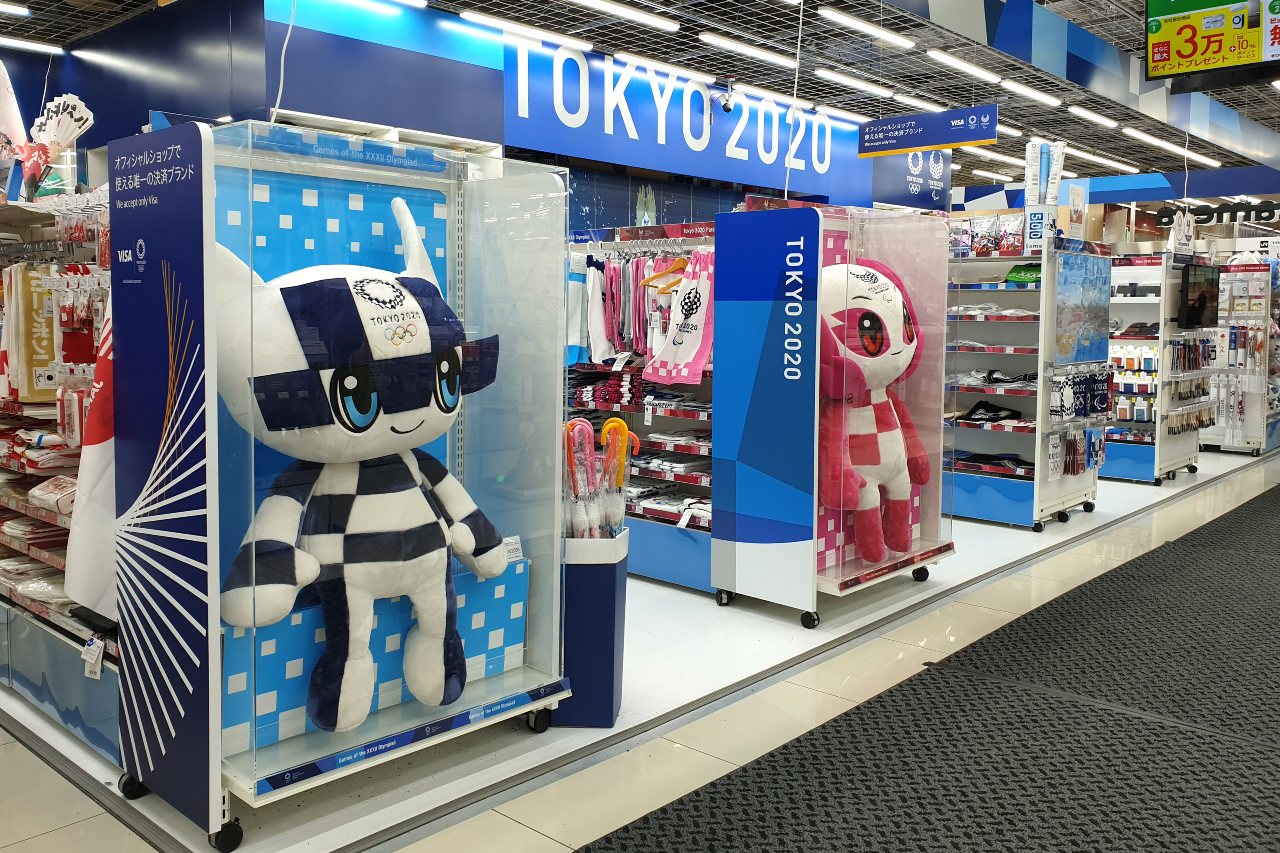
Trends are often left out when brands and marketers engage in Japanese SEO. This is partly because it’s easier and more practical to focus on evergreen content that doesn’t go out-of-date.
However, if you keep a spot open for a certain amount of trend-related Japanese keywords in your list, this can allow you to make some strong gains for terms that are currently trending and offering very high search volumes. The trick is being aware of trends just as they’re hitting and pushing out optimized content that puts you in top positions ahead of competitors.
HB Pro Tip: This strategy can help you get some short-term gains on trending keywords while you are still pushing with your long-term strategy. We wouldn’t suggest simply focusing on trend-related topics if you want to achieve sustainable traffic to your site.
Popular Google Search Queries in Japan
| Search Query | Index Score |
| Corona | 100 |
| Weather | 96 |
| Yahoo*** | 38 |
| News | 35 |
| Manga | 35 |
| Rakuten | 31 |
| Youtube | 31 |
| Mask | 27 |
| Coronavirus | 19 |
| Amazon | 19 |
| Insta*** | 19 |
| Anime | 18 |
| Twitter*** | 18 |
Source: Statista
Not surprisingly, “Corona” was the leading Google query in Japan in 2020. It received an index score of 100 points and the term “weather” came in second with an index score of 96 points, meaning it received 96 percent of the search volume of the top query.
Has Your Keyword List Been Audited by Native Japanese Speakers?
If your keyword research process and final list hasn’t been produced by Japanese native speakers, then it must at least be audited by one. Also, keep in mind that not just anyone who speaks Japanese is a good candidate here.
Just as some marketers will bring more value to the table than others, you need to make sure you’re working with professionals who know what to look for and can check for potential errors or missed opportunities.
Final Tips
Search engine optimization is a strategy that takes time. Even before you start producing content that is targeted at certain keywords or optimizing your pages based on the search intent of important phrases in your cluster strategy, you must first spend a good amount of time putting a strong framework in place.
However, we find that all the effort and consistency is so worth it when you start to see strong traffic flowing through your site thanks to all the hard work you’ve put in.
Need help gaining traction for your business in Japan? Let’s chat on how we can help.
Steal Our Best Ideas
Actionable insights straight from our data
Here are a couple quick discoveries we’ve pulled from the data of our latest projects. Why? To help you make the changes you need to gain traction in the Japanese market! As an agency, we are always digging deeper and searching for those little yet significant tweaks that will push our clients to the next level of success. If you need a partner to help you identify and implement changes like these on a monthly basis, let us know!
